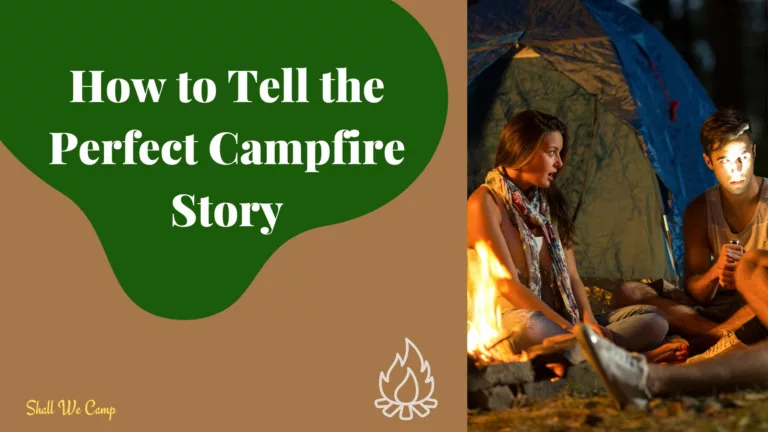There’s something timeless about gathering around a crackling fire, watching the flames dance, and sharing stories that send shivers down your spine or make everyone burst out laughing. Campfire storytelling is one of those simple outdoor traditions that never gets old. A well-told tale can turn an ordinary night into a lasting memory.
A great campfire story doesn’t need special effects… just the right mix of suspense, imagination, and delivery.
In this post, we’ll walk you through how to craft a compelling story, share tips to keep your audience hanging on every word, and give you three example stories you can tell on your next camping trip. So grab your flashlight, pull your chair a little closer to the fire, and get ready to become the storyteller everyone remembers.
Affiliate Disclaimer: This site contains affiliate links, which means I may earn a commission on purchases made through these links at no extra cost to you.
Table of Contents
Fundamental Elements of Great Storytelling
I believe that campfire stories work best when they create an atmosphere of suspense and anticipation. The foundation of a great mystery is built on a mix of intriguing characters, unexpected twists, and an overall sense of wonder. By combining these elements, you can craft a narrative that keeps your audience guessing until the very end.
For instance, every great mystery has a setting that plays a critical role in the story. It might be a foggy moor, an abandoned mansion, or the quiet woods behind an old camp. The setting not only adds a layer of visual imagery but also deepens the emotional connection to the atmospheres portrayed in the narrative.
Introducing subtle hints and clues throughout the story is another essential element. Instead of revealing answers too quickly, scattering small, mysterious details throughout the narrative encourages listeners to think, question, and become active participants in the unfolding tale.
Crafting the Perfect Campfire Story
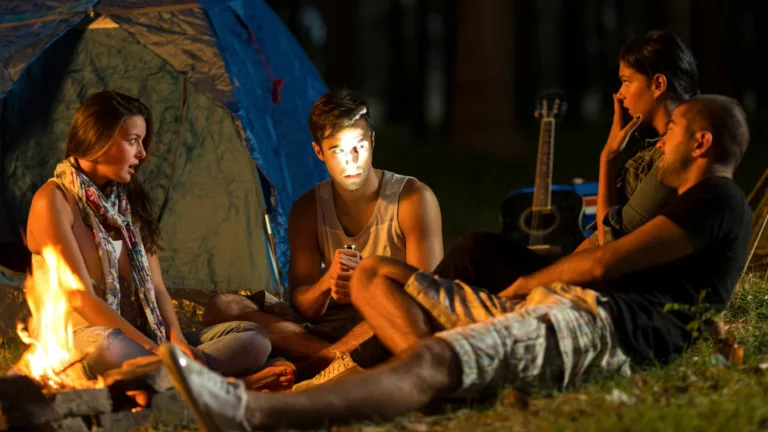
Telling mystery or captivating stories at a campsite has its own unique charm. The open night sky, the natural acoustics of a quiet clearing, and the gentle crackle of the campfire create an ideal backdrop for a mysterious narrative. In my own experience, there's nothing quite like the effect of shadows dancing on faces as everyone listens to a suspenseful tale, completely immersed in the story.
Let me share one story that comes to mind from a chilly autumn evening. A group of friends was gathered by the fire in a secluded camping spot deep in the woods.
The storyteller began, “Along these very woods, there’s a legend of the Lantern Man, a figure shrouded in mystery who appears on foggy nights. They say he carries a dim, flickering lantern that is the only light amidst the darkness. When the lantern appears, whispers follow, and those unlucky enough to see him are said to vanish without a trace.”
The silence was palpable as every listener leaned in, and every crackle of the fire heightened the tension. This example shows how setting the scene with descriptive details and atmospheric sound can make an old story feel fresh and compelling.
Using a real-life example like this helps listeners connect personally with the narrative, making the experience much more engaging. The act of storytelling over a campfire turns abstract details into a tangible event that becomes etched into memory.
Practical Tips to Keep Your Audience on Edge
Developing stories that truly captivate is a skill that improves with practice. Here are some practical tips that have helped me refine my storytelling approach:
- Set the Scene Vividly: Describe the environment in detail. Use natural sounds, scents, and visuals to transport your listeners directly into the setting.
- Create Intriguing Characters: Introduce characters with secret pasts or hidden motives. Let their actions be open to interpretation to keep the audience guessing.
- Use Suspenseful Pauses: Embrace silence at key moments. It can build tension and make your listeners lean in closer, wondering what comes next.
- Incorporate Unpredictable Twists: Throw in unexpected turns in the plot. Avoid clichéd storylines by surprising your audience with genuine, unforeseen developments.
- Engage With the Audience: Ask questions or make observations that invite them to mull over the unfolding events with you.
You can think of these techniques as tools to step up the traditional art of storytelling. With enough practice, they turn your narrative from a dated fable into an experience that keeps your audience on edge.
Advanced Techniques for the Avid Storyteller
Once you have a handle on the basics, you might want to explore advanced techniques that add an extra layer of intrigue to your campfire stories. These approaches push your narrative into more creative territory.
Narrative Perspective Shifts: Experiment with different viewpoints within your story. Switching from a first-person account to a third-person narrative can offer fresh insights and create layers in the mystery. By revealing parts of the story from unexpected angles, you can make the audience question what they truly know.
Playing With Time: Use flashbacks and non-linear storytelling. Revealing clues out of the natural order can compel listeners to piece together the timeline themselves. This not only deepens the mystery but invites interactive engagement with your narrative.
Dramatic Soundscapes: Incorporate ambient sounds whether you’re recording the story or telling it live. Background noises like a distant owl or the rustling of leaves can step up the atmosphere. Even if you’re simply describing the scene, vivid sensory details catch and hold the listener’s imagination.
These techniques demand a more refined storytelling skill, but they can really take up a notch the experience for those who enjoy a mystery that lingers long after the tale is told.
Planning a fall camping trip? Check out our guide to autumn camping for tips on staying cozy and making the most of the season: Autumn Outdoors: A Fall Camping Guide
Exploring New Dimensions in Mystery Storytelling
One way to amplify the magic of mystery is to expand on character backstories. Delving into (or rather, checking out) the pasts of your characters can add unexpected depth to their roles. Instead of just a one-dimensional figure, a character with a secret past or a hidden motive invites the audience to connect on a more personal level. You might, for instance, introduce a supporting character whose quiet demeanor hides a turbulent history, gradually revealed through small, well-placed hints over the course of the narrative.
Additionally, consider playing with narrative structure itself. Experiment with interweaving multiple storylines that converge in a surprising way. Breaking the narrative into different timeframes or perspectives challenges the audience to keep pace and also rewards those who engage deeply with the story by piecing together the clues.
Adding thoughtful, reflective moments in your narrative can also make your rendition stand out. Pause intermittently to offer brief insights or observations that encourage listeners to reflect on what they’ve heard. By doing so, you create opportunities for personal connection and deeper emotional engagement. These reflective pauses, coupled with unexpected twists allows your campfire story to remain as compelling as it is unpredictable.
3 Stories to Spark Your Campfire Night
Now that you know how to craft and deliver a gripping campfire tale, it's time to put those tips into action. Below are three ready-to-tell campfire stories… each with its own unique twist. Whether you're going for mystery, suspense, or a good laugh, these examples are sure to keep your audience engaged and leaning in a little closer to the fire.
Campfire Story #1: "The Lantern at Lost Lake"
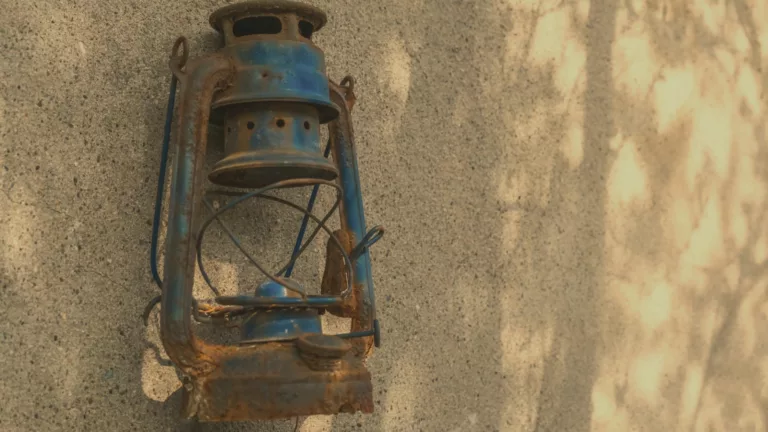
It happened one late autumn evening, not too far from where we’re camping tonight. The leaves had already fallen, and the wind carried a chill that hinted winter was near. A group of four college friends decided to spend the weekend hiking and fishing at a place called Lost Lake. You won’t find it on most maps anymore, but locals know the name and tend to avoid it. Not because of the terrain, but because of the stories.
They set up camp just before dusk. The lake was eerily still, with a mirror-like surface that never seemed to ripple, not even when the wind blew. As the sky darkened and stars appeared, they sat by the fire, roasting marshmallows and swapping ghost stories.
THAT'S when they saw it.
A faint light appeared across the lake. At first, they thought it was another camper. But there were no other campsites nearby. The light moved slowly… like someone carrying an old lantern. It bobbed slightly, getting closer to the edge of the lake, and then… it stopped.
One of the friends, Kyle, joked that it was “probably just a ranger doing night patrol.” But the others weren’t so sure. They’d passed a locked gate hours earlier, and the park had been closed for the season.
Curiosity got the better of them. They grabbed their flashlights and made their way around the edge of the lake. As they walked, the lantern light remained still, unmoving and silent. When they finally reached the spot where they thought they’d seen it… NOTHING. Just trees, shadows, and the sound of the wind rustling dead leaves.
Then Kyle found something. A rusty lantern. Half-buried in mud and looking like it hadn’t been used in years.
Suddenly, they heard a splash behind them.
They turned. The water was still again.
Then another splash. This time, closer.
Their flashlights swept over the lake, but there was nothing. No fish. No wind. No movement. But that’s when they noticed something strange: five sets of footprints in the mud leading to the spot where the lantern had been. But only four of the footsteps belonged to the group.
The fifth set? Barefoot.
Larger than any of theirs.
And they didn’t lead away from the lake. Only TO it.
That night, none of them slept. The lantern light never came back, but they all agreed on one thing: the cold metal of the lantern… it had been warm when Kyle first picked it up.
Campfire Story #2: "The Last Campsite"
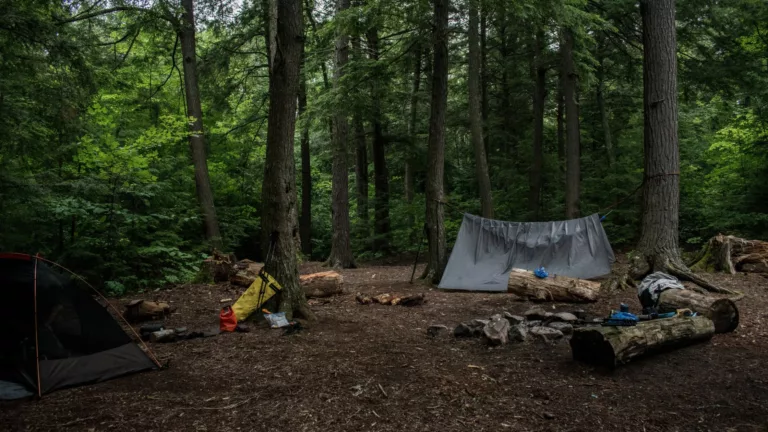
They were all supposed to be at music festival that weekend. That was the plan. But a last-minute storm washed out the campground, and the event was canceled. Still wanting to make use of the long weekend, six friends (three couples) decided to head out on their own and do something off the grid.
They found a small campground deep in the forest, almost by accident. No cell service, no other people, just a few scattered fire rings and a gravel road that looked like it hadn’t seen a ranger truck in years. A faded wooden sign at the entrance read: Camp Echo. None of them had heard of it before.
They were all set up by sundown, telling stories and laughing around the fire, when Rachel, who had a thing for true crime, brought up a bizarre local rumor she’d read online before they left. Apparently, there was a case years ago where a group of campers disappeared in that very area. Vanished without a trace. No signs of struggle, no bodies, just an abandoned campsite and six unclaimed cell phones left inside one of the tents.
Everyone laughed it off, of course. But one of the guys, Drew, got up and jokingly said, “Well, let’s not leave six phones behind.”
Then things started getting weird!
At midnight, one of their phones rang. An unknown number. No caller ID.
Rachel answered it on speaker. Nothing but static… and then a voice. Whispering.
“Six.”
That was it. Just one word. Six.
They all thought it was someone playing a prank. But over the next hour, each phone rang, one by one. Always the same thing. The voice. The static. The number counting down.
Five.
Four.
No one was laughing now. They packed up fast. Stuffing sleeping bags, tossing gear into backpacks, ditching anything that didn’t matter.
As they made their way toward the car, headlights lit up the gravel road, but it wasn’t their vehicle. A black SUV pulled up and stopped without a sound. The windows were tinted pitch black. No one got out.
Then the doors slowly creeked opened on their own.
That’s when they ran.
They sprinted through the trees, losing their bearings, trying to follow the light from a single flashlight that eventually died too. When they stopped to catch their breath, only three of them were left.
The calls stopped.
That was two years ago.
No one knows what happened to the others. The police say it was just panic in the woods. That people get lost all the time.
But here’s the weirdest part.
That same black SUV? It was found last week, sitting in the parking lot of a national forest. Empty. Doors wide open.
And inside?
Six phones.
All powered off.
But the last call on each of them… was from a number that doesn’t exist.
And the voicemail?
It just says: “One.”
Campfire Story #3: "The Thing in the Tent"
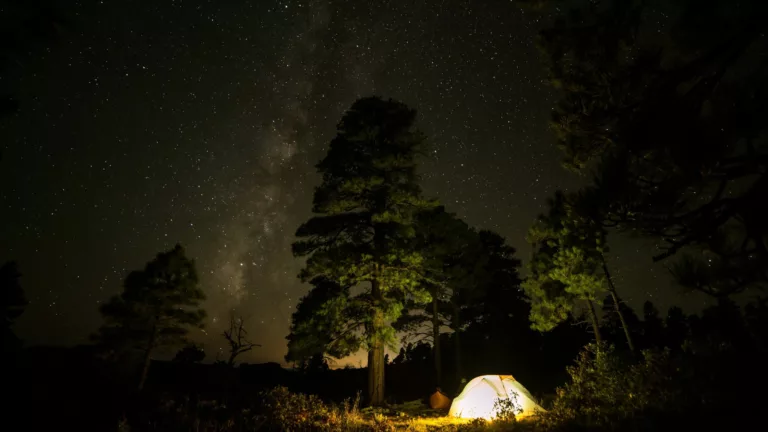
So this happened to my cousin’s friend. And I know everyone says that, but seriously she swears it’s true.
It was her first solo camping trip. She wanted to clear her head after a bad breakup and decided to go somewhere quiet… real quiet. She found a small primitive site near a river, far from any other campsites, and pitched her tent just before sunset.
Everything was fine. Peaceful even. She made a small fire, cooked up some instant noodles, and listened to the sounds of nature. Owls hooting, crickets chirping… and then something else.
Something weird.
A rustle near the edge of camp. Not wind. Not leaves. Something heavier.
She grabbed her flashlight and scanned the woods. Nothing.
She shook it off. Probably a raccoon. Maybe a deer.
But later that night, as she lay in her sleeping bag, she heard it again.
Rustle. Scratch. Sniff.
This time, it was right outside her tent.
She froze. Held her breath. Her heart pounded so loud she thought the thing might hear it.
Then… ZIIIIIIIP.
The tent zipper began to slowly slide open. She didn’t move. Couldn’t even scream.
The flashlight flickered to life in her hand, and she shined it toward the entrance of the tent just in time to see…
…
A snout.
Covered in… peanut butter.
And then came the full horror.
It was a raccoon. Inside the tent. Digging through her bag of trail mix like it had paid rent.
She screamed. It screamed. They both screamed.
She tried to shoo it away, but the little bandit wasn’t leaving without a fight, or at least without the cashews.
In the end, she surrendered the entire bag of snacks, sat on a log barefoot in the dark, and watched as the raccoon dragged her Clif bar into the woods like it was a victory prize.
And the lesson?
Always zip your food bag and your tent.
Because in the forest… the raccoons?
They fear nothing.

